Building Information Modeling (BIM) has streamlined the construction industry by integrating technology and collaboration throughout the building lifecycle. Unlike traditional methods reliant on paper-based drawings or 2D CAD designs, BIM offers a comprehensive approach to planning, designing, constructing, and managing buildings. At its core, BIM involves creating and managing digital representations of physical and functional characteristics of places. Let's delve deeper into the various aspects of BIM and its significance in modern construction practices.
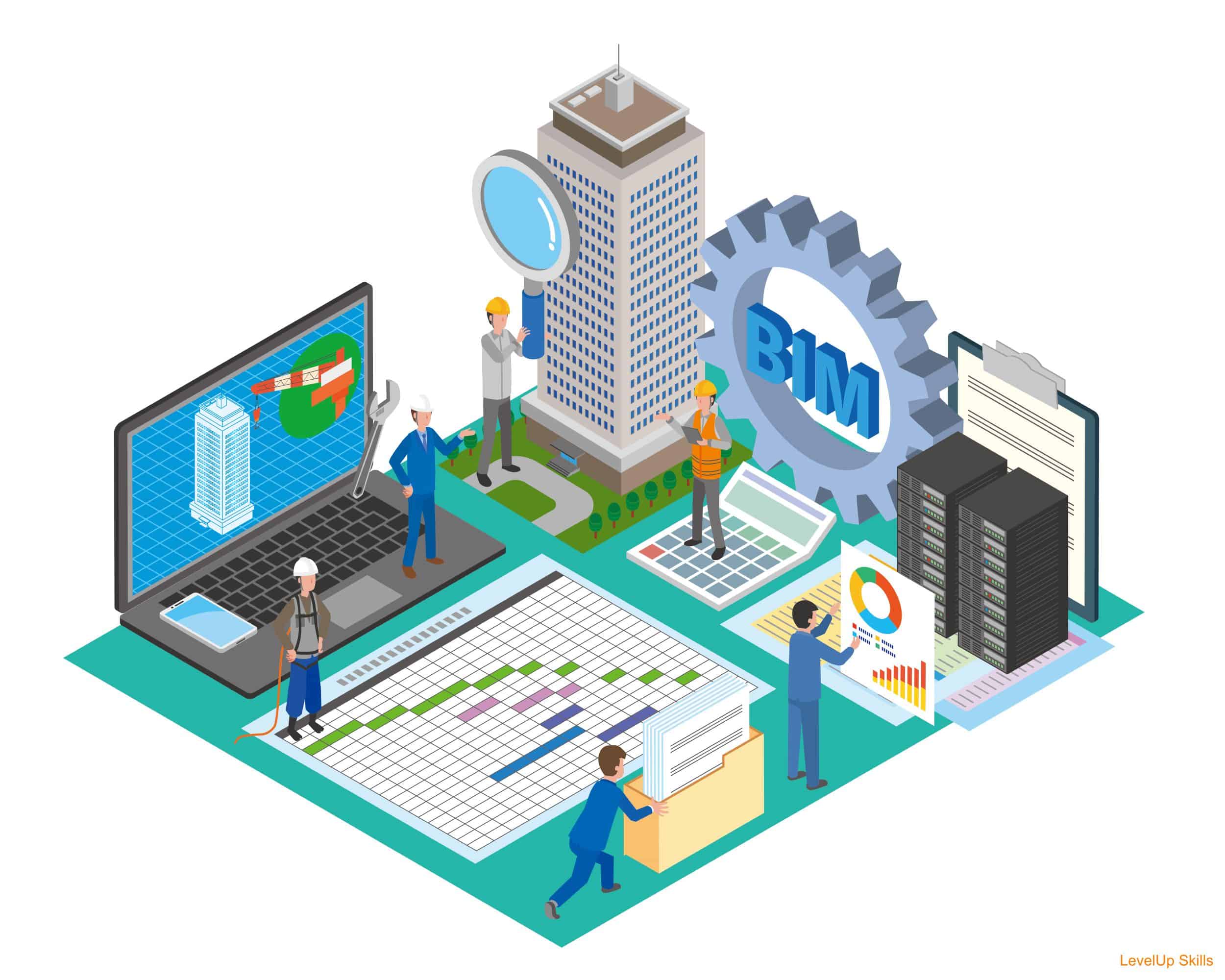
Evolution of Building Documentation: From Blueprints to BIM
Traditionally, architects and engineers relied on blueprints and 2D drawings to communicate design intent and construction requirements. However, these methods often lacked clarity and made it challenging to visualize complex structures accurately. The advent of Computer-Aided Design (CAD) introduced digital drafting tools, enabling designers to create more detailed and precise drawings. While CAD improved visualization, it still fell short in capturing the holistic aspects of a building project.
Enter Building Information Modeling (BIM), a paradigm shift in the construction industry. Unlike CAD, which primarily focuses on creating geometric representations, BIM integrates geometry, spatial relationships, geographic information, and quantities to generate a comprehensive digital model. This model serves as a centralized repository of information, facilitating collaboration among various stakeholders throughout the project lifecycle.
Key Components of BIM: Objects, Information, and Collaboration
Central to BIM are its objects—dynamic, intelligent components embodying various elements of a building, such as walls, doors, windows, and HVAC systems. These objects not only contain geometric data but also house crucial information about their properties, specifications, and behaviors. Whenever a modification occurs within the BIM model, the associated data automatically updates, ensuring consistency and accuracy across the project.
Furthermore, BIM serves as a catalyst for collaborative workflows, providing a unified platform for real-time communication and data sharing among project stakeholders. Architects, engineers, contractors, and facility managers seamlessly collaborate within this integrated environment, exchanging insights, coordinating tasks, and resolving conflicts efficiently. This collaborative ethos promotes transparency, empowers decision-making processes, and minimizes the likelihood of costly rework during construction.
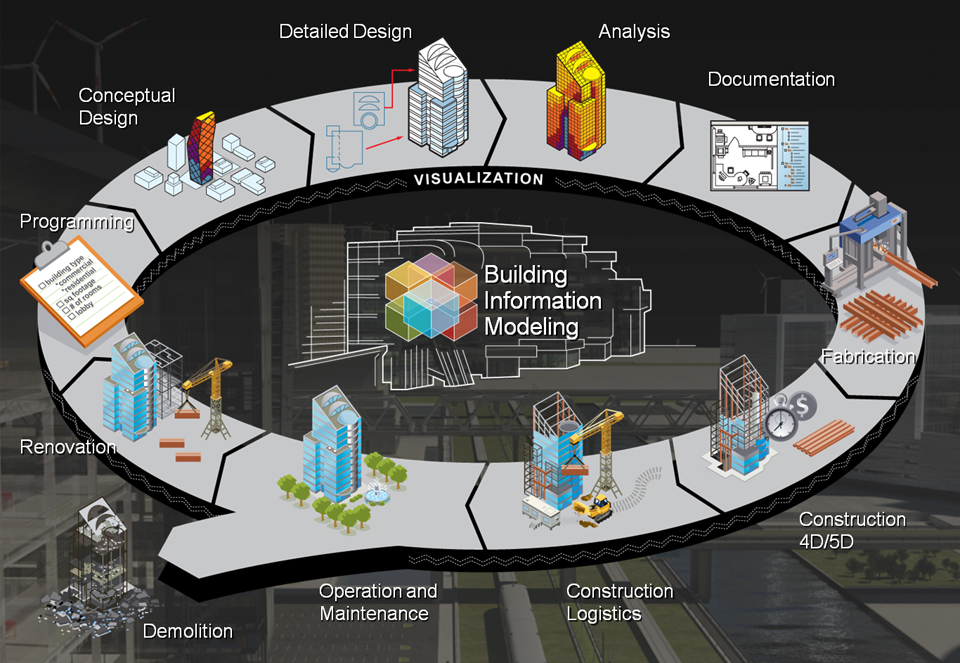
Levels of BIM: From Conceptualization to Operation
BIM implementation is often categorized into different levels, each representing a progressive stage of maturity in terms of information management and collaboration. These levels range from basic 2D drafting to advanced 6D BIM, encompassing various degrees of sophistication and integration. Let's explore the different levels of BIM and their implications for project delivery:
1. Level 0 BIM: At this level, organizations rely primarily on 2D drawings and paper-based documentation, with minimal collaboration among stakeholders. While some may use basic CAD software for drafting, the overall process lacks integration and data exchange.
2. Level 1 BIM: In Level 1 BIM, organizations begin to adopt 3D modeling for design visualization, but the collaboration remains limited. Each stakeholder manages their data independently, leading to potential inconsistencies and communication gaps.
3. Level 2 BIM: Level 2 BIM marks a significant advancement in collaboration, with all project participants working within their 3D models and sharing information through a common file format. This level of integration enables better coordination, clash detection, and information exchange, laying the foundation for more efficient project delivery.
4. Level 3 BIM: Building on the principles of Level 2, Level 3 BIM introduces a shared project model accessible to all stakeholders. This open BIM approach promotes real-time collaboration, data transparency, and conflict resolution, driving higher levels of efficiency and innovation.
5. Levels 4, 5, and 6 BIM: Beyond Level 3, organizations may incorporate additional dimensions (4D, 5D, 6D) into their BIM processes, integrating time, cost, and sustainability parameters. These advanced levels enable predictive scheduling, cost estimation, and energy analysis, empowering stakeholders to make informed decisions and optimize project outcomes.
Applications of BIM Across the Project Lifecycle
Throughout the project lifecycle, BIM offers a wide range of applications and benefits across different phases, from conceptualization to operation and maintenance:
1. Design and Planning: During the design phase, BIM facilitates collaborative design exploration, enabling architects and engineers to iteratively develop and refine building concepts. With parametric modeling and visualization tools, stakeholders can evaluate design alternatives, analyze performance metrics, and optimize building efficiency.
2. Construction and Execution: In the construction phase, BIM serves as a valuable tool for project coordination, scheduling, and quality assurance. Contractors can leverage 4D scheduling simulations to sequence construction activities, identify potential conflicts, and streamline workflow processes. Additionally, BIM enables better material management, cost tracking, and progress monitoring, leading to improved project outcomes and reduced construction delays.
3. Operation and Maintenance: Beyond construction, BIM supports facility management and asset maintenance throughout the building's lifecycle. Facility managers can access comprehensive digital models containing asset information, maintenance schedules, and historical data, facilitating proactive maintenance planning and resource allocation. By leveraging BIM for facility management, organizations can optimize operational efficiency, minimize downtime, and extend the lifespan of building assets.
Global Standards and Compliance in BIM
As BIM continues to gain prominence globally, its integration with international standards becomes increasingly critical. These standards ensure consistency, quality, and interoperability among different BIM software and stakeholders worldwide. For instance, ISO 19650, part of the international standard covering the organization and digitization of information about buildings and civil engineering works, including BIM, provides guidelines for managing information throughout the lifecycle of a built asset.
This standardization supports global project teams in achieving more streamlined, collaborative, and efficient workflows, which is especially crucial in multinational construction projects involving diverse teams and regulatory environments. Adherence to such standards not only improves project delivery but also enhances compliance and reliability in international construction practice.
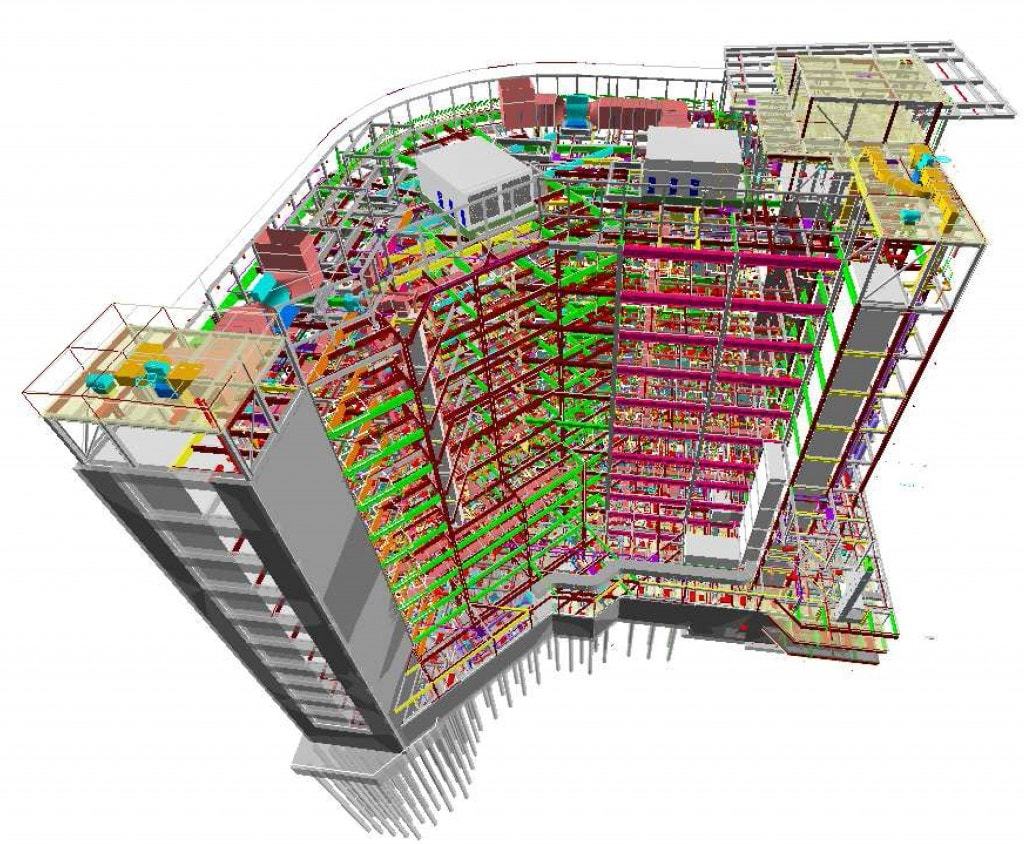
Challenges and Considerations in Implementing BIM
While BIM offers significant advantages, its implementation is not without challenges. The initial costs of adopting BIM technology can be substantial, particularly for small to medium-sized enterprises (SMEs). The need for specialized training and the complexity of managing a fully integrated BIM project require time and resources that many firms find daunting. Moreover, the cultural shift towards collaborative work processes can also pose challenges in traditional construction environments where siloed operations are the norm. Overcoming these barriers often requires a change in mindset and organizational culture, emphasizing collaboration, continuous learning, and technological adoption.
Another critical aspect of BIM implementation is the need for interoperability among the various BIM software used by different stakeholders. This requires robust data exchange protocols and standards to ensure that information is seamlessly shared and maintained across different platforms without data loss or corruption.
Additionally, as BIM involves handling large volumes of sensitive data, ensuring cybersecurity is paramount. Stakeholders must implement strong data protection measures to prevent unauthorized access and data breaches, which could severely impact project delivery and confidentiality.
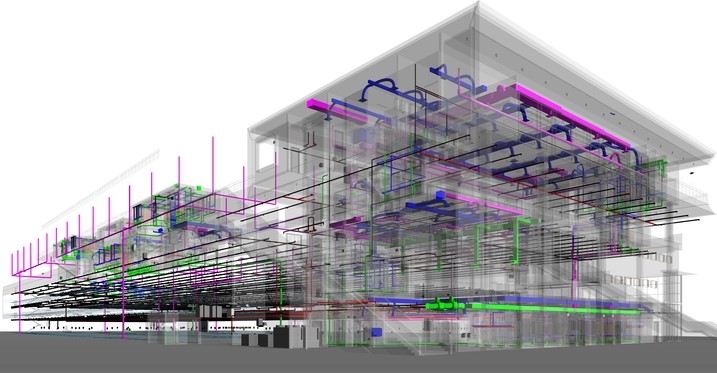
Market potential of BIM in India
The market potential for Building Information Modeling (BIM) in India is substantial and growing rapidly, driven by several factors. Firstly, government initiatives play a crucial role in shaping the adoption of BIM technology. Mandates from the Indian government for the use of BIM in large-scale infrastructure projects, such as the Smart Cities Mission and metro rail expansions, serve as significant catalysts for BIM integration across the country.
Secondly, India's focus on infrastructure development presents a vast opportunity for BIM implementation. With projects ranging from airports and railways to industrial corridors, there is a pressing need for efficient, timely, and cost-effective project execution, all of which BIM can facilitate.
Moreover, as India undergoes rapid urbanization and strives towards building smart cities, the demand for sustainable and efficient urban planning solutions is on the rise. BIM's capability to streamline the planning, design, and management of urban infrastructure aligns well with these objectives.
The cost and time-saving benefits offered by BIM further enhance its appeal to stakeholders in the construction industry. According to the Global BIM Survey 2023, BIM has already contributed to significant cost reductions (15%) and time savings (30%) in construction projects in India, making it an attractive proposition for companies seeking to improve efficiency.
Market forecasts also indicate promising growth prospects for BIM in India. With the BIM market expected to reach $1.35 billion by 2024, as per Market Research Future, there is a clear trajectory of increasing acceptance and implementation of BIM across various sectors.
Furthermore, the emergence of new career opportunities in architecture, engineering, and construction through roles such as BIM specialists, coordinators, managers, and consultants underscores the growing importance of BIM skills in the Indian job market.
Lastly, the integration of BIM with advanced technologies like AI, IoT, and AR/VR further enhances its capabilities and positions it as a critical tool for future-proofing Indian infrastructure projects. Overall, these factors collectively indicate a promising future for BIM in India, offering opportunities for technological advancement and professional growth within the AEC industry.
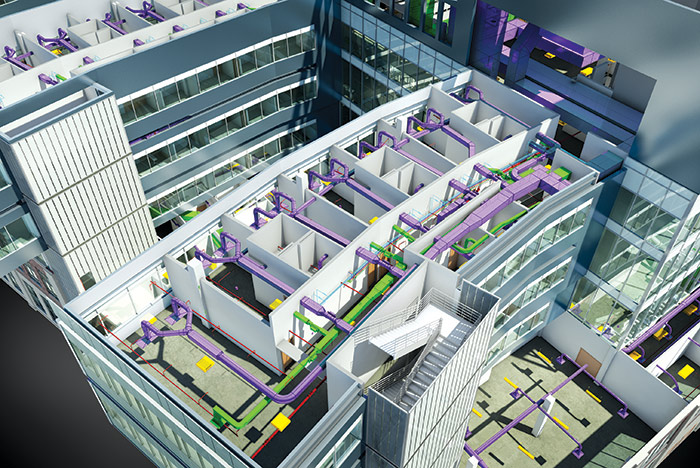
The Future of BIM: Innovations and Trends
Looking ahead, the future of BIM holds promise for further advancements and innovations in construction technology. Emerging trends such as augmented reality (AR), virtual reality (VR), and artificial intelligence (AI) are reshaping how BIM is utilized across the industry. Augmented and virtual reality applications enable stakeholders to visualize building designs in immersive environments, facilitating design reviews, stakeholder engagement, and construction training.
Similarly, AI-driven algorithms are enhancing BIM capabilities in areas such as predictive analytics, generative design, and automated model validation. By harnessing the power of machine learning and data analytics, organizations can optimize design processes, identify optimization opportunities, and mitigate risks throughout the project lifecycle.
In addition to technological innovations, the widespread adoption of BIM is driving cultural shifts within the construction industry, promoting greater collaboration, transparency, and sustainability. As organizations embrace connected construction principles and digital workflows, the boundaries between design, construction, and operations continue to blur, paving the way for a more integrated and efficient built environment.
Conclusion
As the construction sector faces increasing pressure to deliver projects faster, more cost-effectively, and with minimal environmental impact, BIM stands as a pivotal tool in achieving these objectives. By embracing BIM, the industry can ensure better outcomes not only for clients and stakeholders but also for the communities and environments that interact with the built environment.


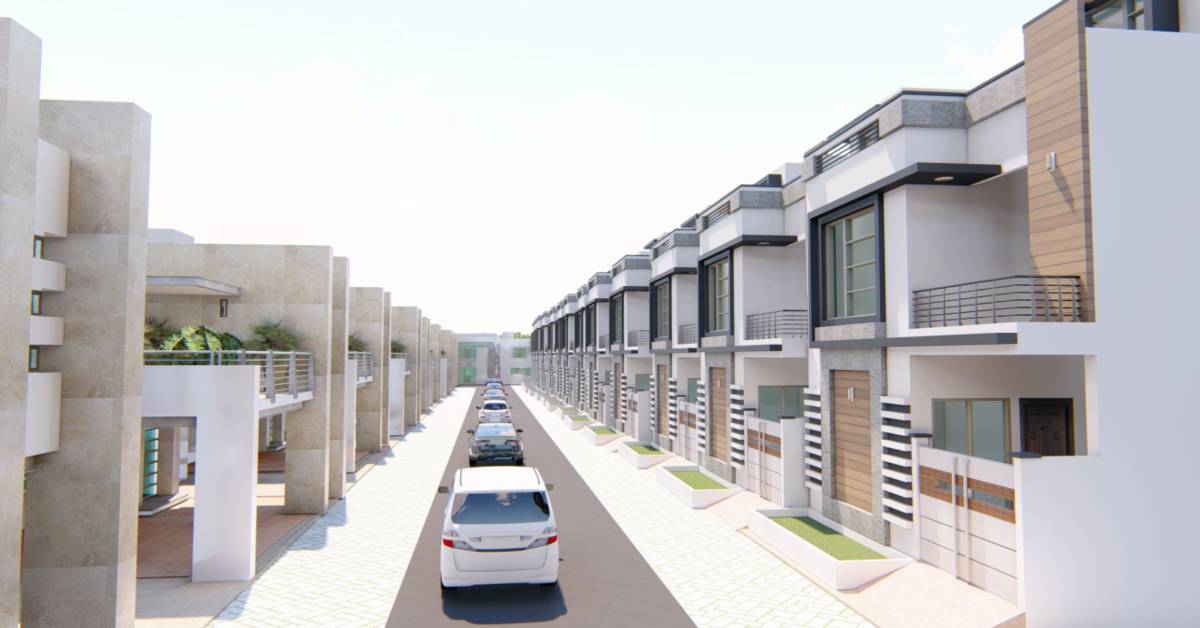
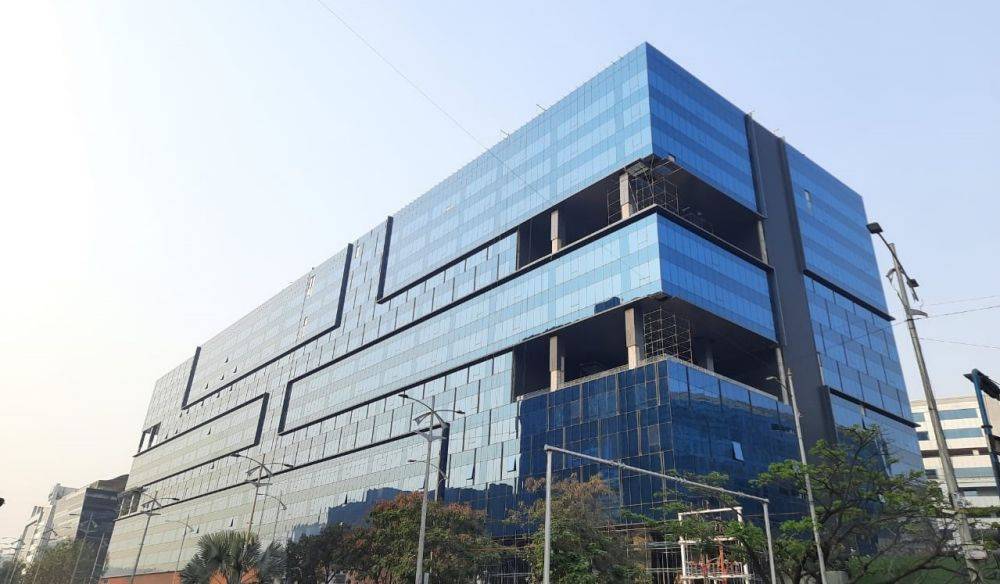




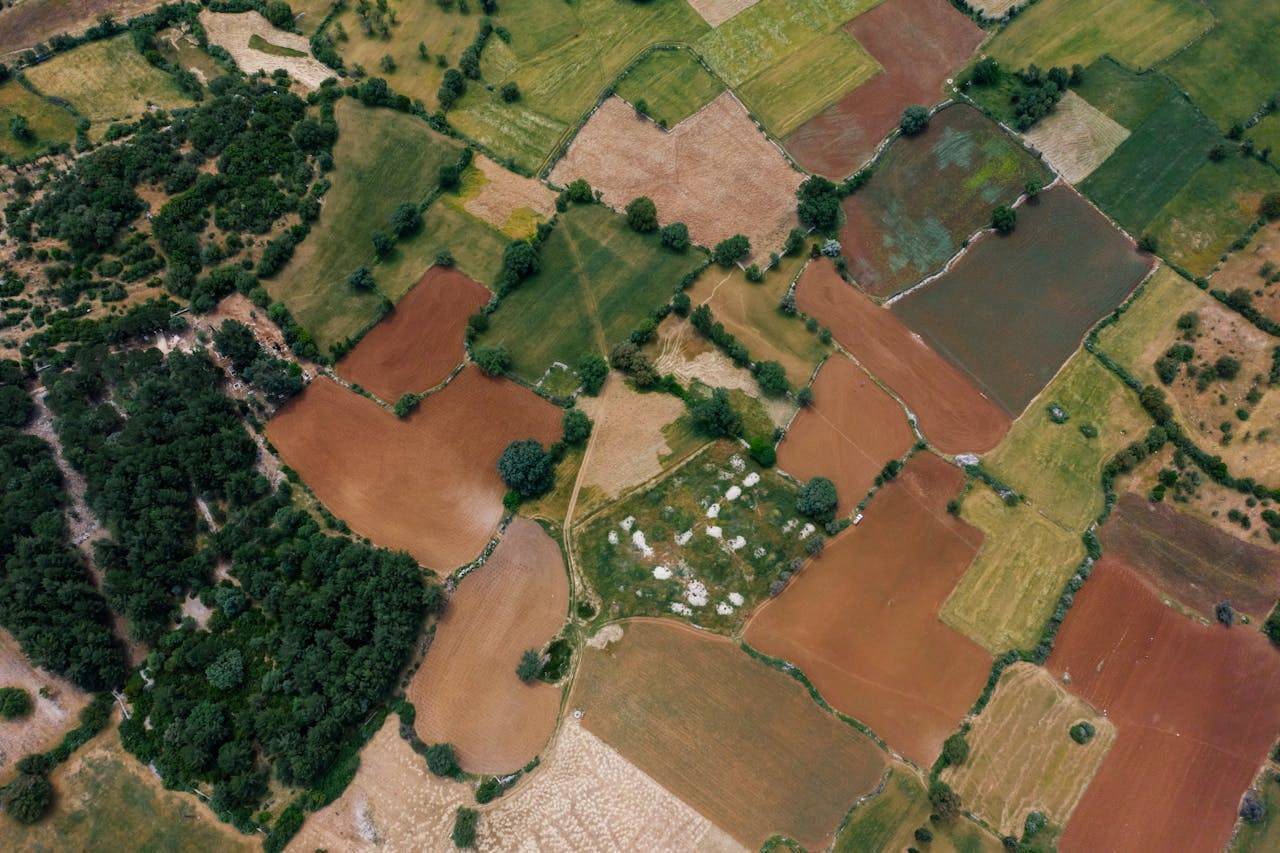
.png)